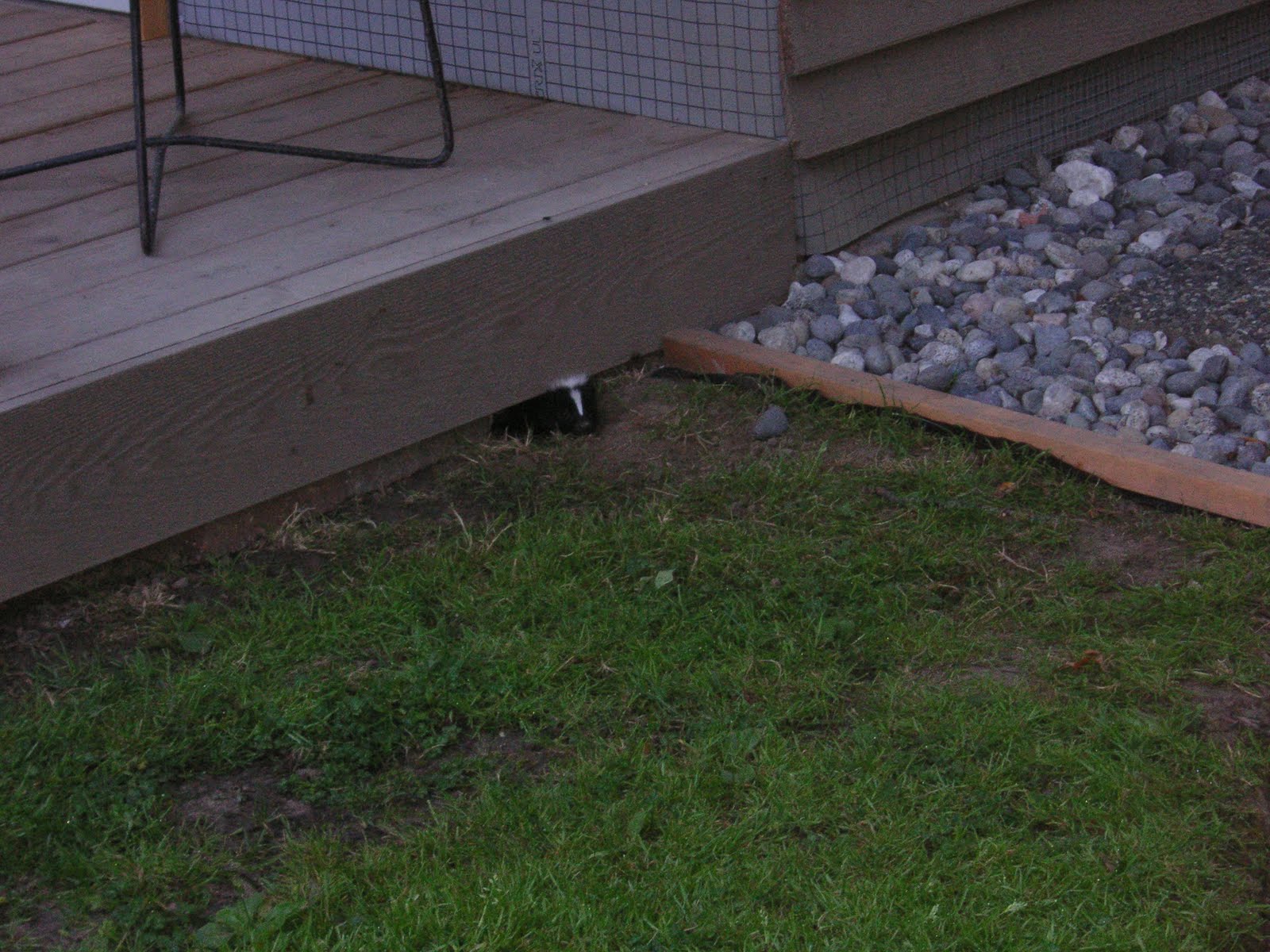1. Spray
A skunk's primary defense mechanism is its spray. The noxious liquid excretes from its scent glands, and the spray can reach a distance of 3.5 meters. It can spray in succession up to six times. The odor is unpleasant and permeates nearly every surface, and it is challenging to remove without appropriate cleaners. Also, the defensive spray can damage your pet's eyes and possibly cause illness if ingested. If you leave the animal alone and are watchful of your pets, skunks only spray as a last resort. The animal will raise its tail, stomp its feet, hiss, and charge when threatened before spraying.2. Diseases
For as cute and cuddly as the animal looks, a skunk can carry and transmit several dangerous diseases and illnesses to people and pets. The most significant risk is rabies. While most animals will show rapid signs of a rabies infection, skunks do not. The animal can carry the disease for long periods showing no symptoms. Regardless of the appearance of symptoms, if a skunk has rabies, it can transmit the disease. Rabies is not the only possible disease the animal may carry. The animal may also have:- Distemper
- Intestinal roundworm
- Leptospirosis
- Canine hepatitis
- Mites
- Fleas
- Ticks



